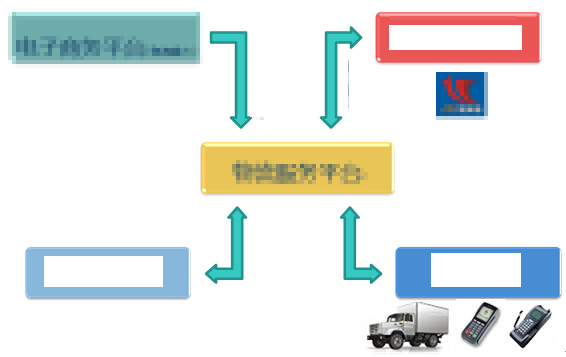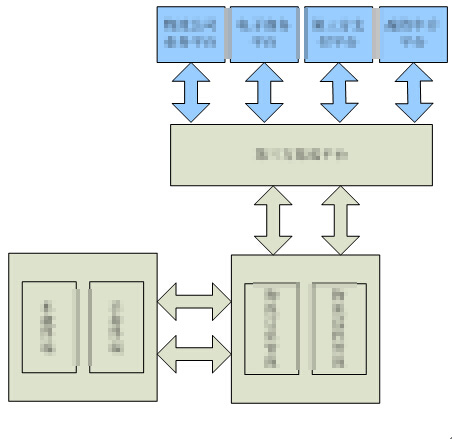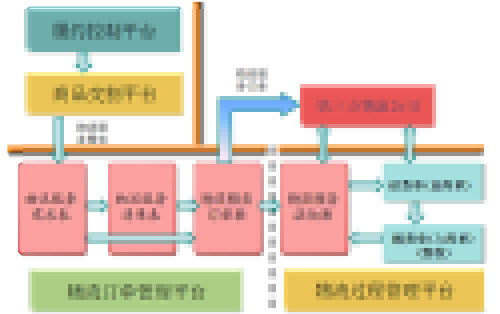Logistics service platform introduction
With the development of e-commerce, the express delivery and logistics industry in our country is facing good development opportunities. Many logistics companies have begun their own information transformation and business innovation. At present, more and more logistics companies have begun to carry out new businesses such as cash on delivery and collection of insurance premiums. The traditional logistics process is inevitably integrated with financial payment, and similar needs are met by cash payment to deal with a large number of risks. In order to solve the electronic payment needs of logistics companies and realize the integration of traditional logistics business and electronic payment business, New Continent Payment Technology has created a set of solutions for logistics electronic payment and information services. Basic positioning of the platform

The intelligent logistics service platform is mainly composed of three parts: the collection end point, the logistics service core platform, and the third-party integration platform, as shown in Figure 2.

Fig. 2 System architecture diagram of intelligent logistics service platform (1) Collection end point: through various sensing components on the end point device, the information of the end point node is fed back to the logistics service core platform for unified processing. The end point is morphologically divided into vehicle end point and logistics personnel hand-held end point, which can upload node data such as geographical information, temperature information, and oil pressure information. This function can be regarded as the main implementation of the perception layer of the Internet of Things. (2) Logistics service core platform: It is mainly composed of the logistics order management platform and the logistics process management platform. The platform provides a variety of logistics intelligent services such as process monitoring, operation management, expense settlement, etc. ( 3) Information integration platform: Mainly responsible for system integration with third-party platforms (logistics management systems built by logistics companies, e-commerce platforms, third-party payment platforms, financing intermediary business platforms, etc.).

Figure 3. Architecture diagram of the core platform of logistics services




